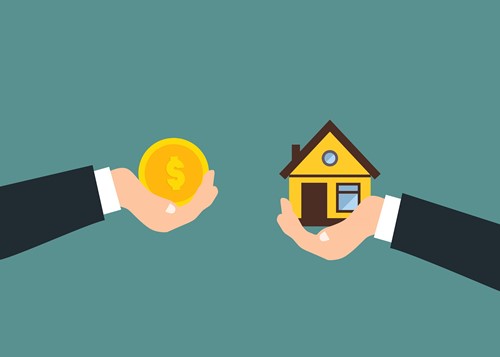Email: [email protected]

Refinancing your home can have a plethora of benefits. Among lowering your monthly payment, refinancing your home can also allow you to borrow against your home’s equity. However, refinancing in the beginning can have significant closing costs, such as application fees, loan origination fees, mortgage insurance and interest - especially when involving mortgage points.
Your new mortgage’s closing cost could have upfront fees of anywhere from 2% to 5%. However, there is another type of refinancing option available for homeowners who’d prefer to roll their closing costs into their monthly payments.
Here are the pros and cons of no-closing-cost refinances:
With no-closing-cost mortgage refinancing, you typically don’t have any upfront closing costs. In fact, your closing costs are rolled into your monthly mortgage payment, so you don’t have to worry about interfering with your current budget.
Because there are no upfront closing costs for a no-closing-cost refinance option, you may have higher monthly payments than if you’d chosen a cost-refinance method. However, higher monthly payments may not be the agreed term for rolling your fees into your new mortgage. Higher interest rates or a longer loan term are also viable options.
If you’re taking out a no-closing-cost refinancing loan, you’re probably in the market for holding on to your budget at that time. This refinance option allows you to maintain your current budget and can give you the cash needed for other projects, responsibilities or emergencies.
If you are saving for something or budgeting for a big project, you could be set back a bit by the amount you’ll have to pay on your new monthly mortgage payment. Because the fees are rolled back into the loan itself, your monthly payments may be higher than originally anticipated, putting a hurdle in your savings plans.
Regardless of your reasoning for pursuing a no-cost-refinancing option, knowing both sides of the coin can help you make a more informed decision. Both types of refinancing are great options, and if you have questions about which to choose, try speaking with your agent or a finance professional employed with your current mortgage lender.

Lynn Butterfield is an Associate Broker at Coldwell Banker and is a Certified Real Estate Negotiator. Mr. Butterfield has 41 years of experience in real estate sales and development. His vast experience ranges from luxury sales through commercial sales and leasing. Perhaps more importantly, he focuses his attention on client success, whether he's helping someone buy their first home, or working with a developer seeking assistance to create and position a large project in the marketplace. One recent client said, "Working with Lynn is almost like working with a Real Estate Attorney, because he knows exactly what to look for, so you can be protected!" Another first-time home buyer just said, "I needed someone to hold my hand through this because it's the largest investment we'll ever make! I know he isn't in this just to make a quick buck. He really cares about his clients!"
Whether you're in the research phase at the beginning of your real estate search or you know exactly what you're looking for, you'll benefit from having a real estate professional by your side. He would be honored to put his real estate experience to work for you.